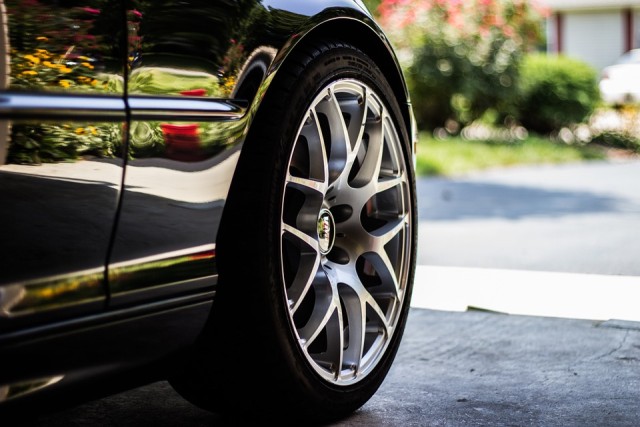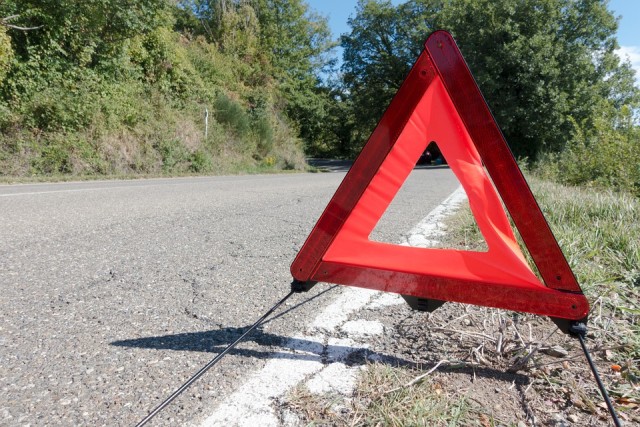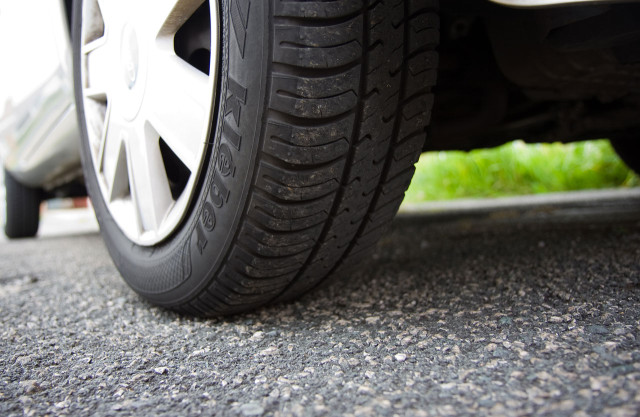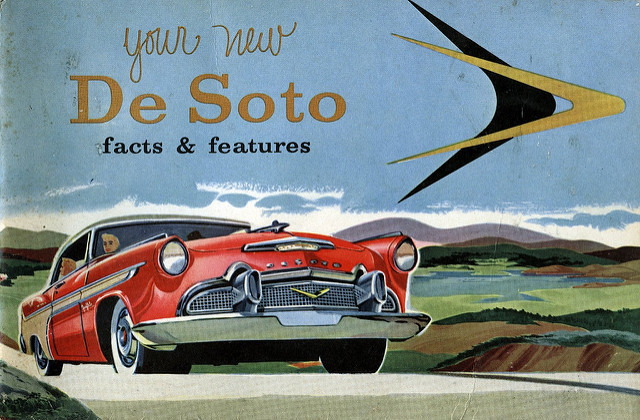Are you inexperienced when it comes to buying used cars? If so, you’ll no doubt come across handy guides online to help you make the right choice. But, have you noticed how there isn’t anything that points out what you should do AFTER you’ve bought it?
The thing about used cars is that you might not know about any major issues lurking out of sight. For example, we know someone that bought a used car and it broke down a mile from the seller’s house. The car was in immaculate condition. And the engine appeared to be fine and well-maintained.
What happened was the heater matrix hoses split because the rubber was old and worn. Because the former owner seldom drove the car, they didn’t know there was a problem either. We could end this blog post by saying “inspect your car after you buy it” but that wouldn’t be of much help!
Today, we’re going to share with you the things that you should do once you’ve brought your pride and joy home.
Here is what you need to know:
Get insurance and tax sorted out
It’s likely the dealer you bought your used car from has given you temporary insurance to drive it home. But, you will still need to sort out ongoing cover for it. Plus, you’ll need to pay tax on it so you can drive the vehicle on public roads.
The best thing to do is go online and get some insurance quotes. Use websites like CompareTheMarket.com to get comparisons from scores of different providers. You can then select a company that offers the best value for money.
Unfortunately, you can’t do anything about the cost of your car tax. You can make it an expense easier to swallow by spreading the cost over twelve months. You can do this via Direct Debit or pay it on a credit card.
Pay for a mechanical inspection
One thing that might worry you is whether you’ll have any nasty surprises on the road from your car. Let’s face it: we might have some mechanical knowledge but we aren’t experts. Nor do we all know the tell-tale signs of when something mechanical is about to fail.
That’s why it pays to get a mechanical inspection. Some dealers like Imperial Car Supermarket provide that service before you buy. But, if the place you got your car from doesn’t, you should make sure your car has a clean bill of health.
You can ask any competent garage to perform an exhaustive mechanical inspection for you. You usually won’t have to pay for more than an hour’s labour.
Organise breakdown cover
Even when you’ve had the OK from your mechanical inspection, things could still go wrong. Especially if your car isn’t due a service for another 12 months. What would you do if your car broke down somewhere? How would you get yourself and your passengers home? And what would happen to your car?
To avoid worrying about such situations, it makes sense to pay for breakdown cover. These days, there is a plethora of companies that offer recovery services. Should the worst happen, all you do is call the helpline and they’ll send a recovery vehicle to your rescue.
Have a full service carried out on the car
The thing about buying a used car is you don’t know how well it got looked after by its previous owners. Indeed, you also don’t know how competent the mechanics were that serviced it in the past. Yes, it’s an extra expense, but paying for a full service is worth the cost.
To save money, you could have the full mechanical inspection done at the same time as your service. You might be wondering what a full service means. In a nutshell, this is where the engine oil and filter gets changed. Other filters, such as the air, fuel, and pollen ones get replaced too.
Mechanics will also check the condition of various components such as your brakes. They’ll also give you a receipt to confirm the date and mileage of your vehicle when the service got done.
Get new tyres (if you need them)
It always amazes us that most people that buy used cars seldom check the condition of their tyres! Most people assume that all tyres offer the same performance and will last a long time. Both of those statements are incorrect.
When you buy a used car, you should scrutinise the size, type and condition of each tyre. It’s important as you rely on those black circles to save your life when you brake!
I remember buying a car one time that had four different makes and model of tyre fitted. That in itself isn’t shocking. What did shock us was how one of the tyres got fitted the wrong way around! Radial tyres need to get installed facing the right way. If you put them back to front, so to speak, you’ll get zero traction on the road. Especially in wet weather conditions!
Another car we bought had two tyres that were the completely wrong size! We are assuming the previous owner was a cheapskate and didn’t want to pay the extra for the correct sizes. We know that some high-performance cars might have wider tyres at the back as standard.
But, the car we bought at the time was just an ordinary coupe! There wasn’t anything sporty about it. Even the owner’s manual dictated the correct tyre sizes.
Consider going online to get prices for new tyres. We’ve always found they are much cheaper than just visiting a tyre garage. Plus, some companies will even deliver and install them on your car at home or work!
Read the owner’s manual
These days the manuals that come with a car have around 100+ pages to them. We don’t usually read them. After all: what’s the point? All you need to know is how to operate the controls of the car. And they’re all pretty universal anyway, right?
The truth is: you’ll learn a lot about your car just by reading the manual. For instance, you’ll find out about certain features that can save you time and hassle. Here’s one such example. Imagine you’ve got passengers or pets sitting in your locked car. You don’t want the alarm to activate with them inside of it. But, you want to keep it locked for safety reasons.
Your owner’s manual will show you how to disable the ultrasonic sensors in the cabin. That way, you can still lock the vehicle and keep its occupants safe and sound.
The owner’s manual is also useful in other ways too. One of them is how you can decipher what the various warning symbols mean on your dashboard. Another is how you can find out the service schedules for your particular model.
We could spend all day giving you examples of why your owner’s manual is an essential read. But, assume you get the gist of why it’s so important!
Treat your car to a day of cleaning and detailing
Last, but not least, you should take the time to clean your pride and joy. There’s nothing worse than finding the previous owner’s hidden junk and rubbish!
Plus, you will make your car look and smell fresh. If you wish to do the cleaning yourself, you will need the following:
- Vacuum cleaner with nozzle attachments;
- Pressure washer, shampoo bottle and car shampoo;
- Microfibre cloths; and
- Glass cleaner.
Otherwise, consider paying a detailer to clean the car for you.








































